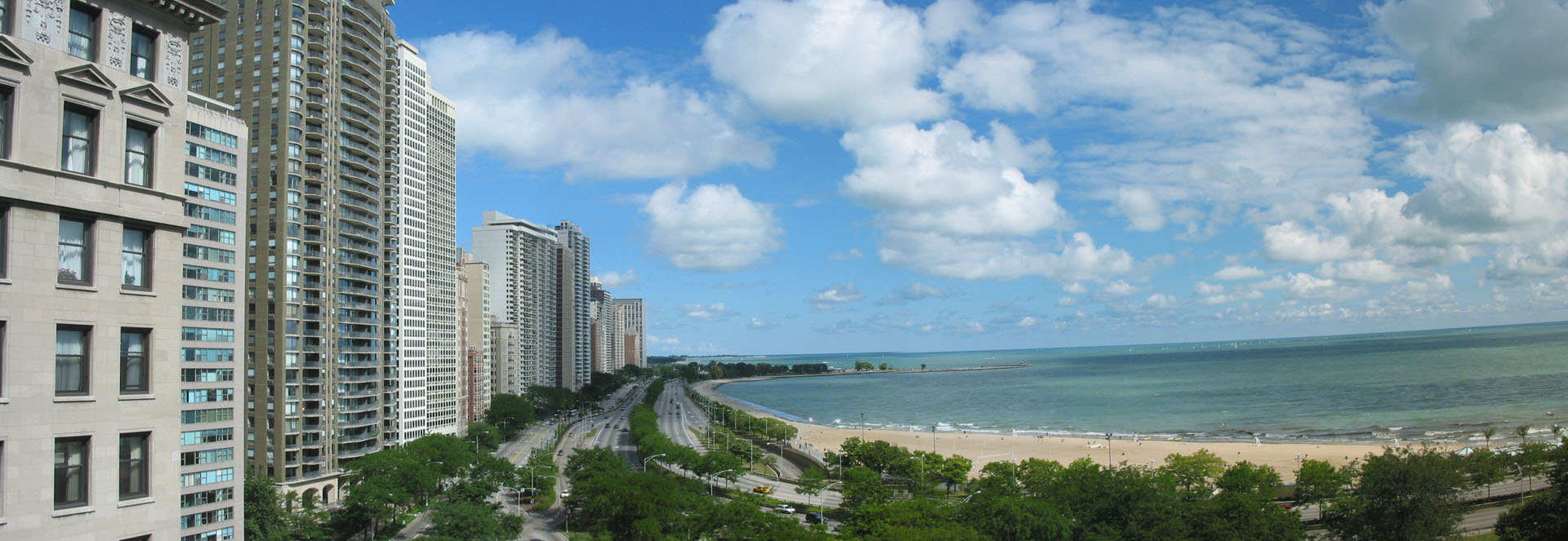Check out my new op-ed in the Asheville Citizen-Times!
We already know that green construction dramatically lowers the environmental impacts of new building and provides long-term financial benefits through lowered utility bills and improved health (e.g. leading to fewer employee sick days).
A former student and I set out to understand differences between urban and rural green building. Our research discovered that:
- Rural green building starts with supportive local governments. Without building inspectors and government officials who are willing to encounter something new, green building will not happen. This has happened in places like Asheville and Durham, but happens far less frequently in surrounding rural communities.
- Active local industry groups that support green building, such as the Western N.C. Green Building Council, are imperative to resolve confusion found in many rural areas over green construction and its benefits.
- Community colleges and universities with sustainability curriculums diffuse information about green construction to nearby developers and local governments. For example, the sustainability programs at UNC-Asheville and Warren Wilson College have helped spur more extensive green building in their vicinity than in many other rural areas around the State.
